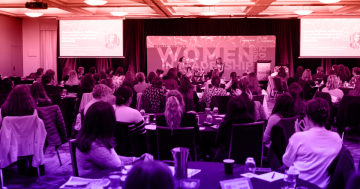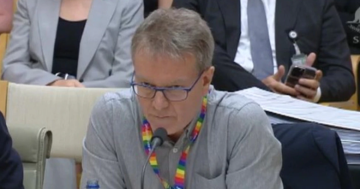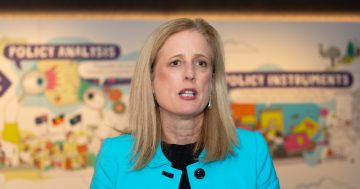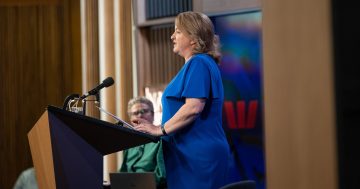Financy* says a new report has found Australia is lagging behind its closest neighbours on women in leadership positions.
 The good news is that more Australian women are being appointed to boards than ever before, but the bad news is that gender diversity in leadership is seriously lacking in Australia.
The good news is that more Australian women are being appointed to boards than ever before, but the bad news is that gender diversity in leadership is seriously lacking in Australia.
The latest World Economic Forum Global Gender Gap report 2022, which includes data insights from LinkedIn, shows that despite an improvement in our overall global ranking, Australia lags some of its closest neighbours on women in leadership.
Women account for 31 per cent of leadership roles globally and Australia is just better than average at 32 per cent.
But that puts us behind New Zealand (33 per cent), Singapore (39 per cent) and the Philippines (41 per cent).
Having more women in senior leadership is not only good for the achievement of gender equality and Australia’s image, but it helps to improve overall business gender diversity and feeds the talent pool pipeline.
Indeed data released by the Australian Institute of Company Directors (AICD) reveals that 53 per cent of female non-executive directors (NEDs) within the ASX300 appointed in the past year, were first time appointees.
AICD General Manager, Governance & Policy Leadership, Louise Petschler, said, “These figures tell a positive story, and reflect the efforts of boards to look beyond known names and networks to engage new talent.”
The proportion of women on ASX 200 and ASX 300 boards has continued to climb (34.7 per centt and 33.6 per cent respectively, as at 31 May 2022, and the 30 per cent target was also reached within ASX companies ranked 201-300 for the first time.
“We anticipate these trends will continue while boards maintain a focus on diversifying talent and accessing the broadest talent pool”, said Ms Petschler.
“Visible leadership appointments encourage women, both inside the organisation and in the external market, to apply for leadership roles,” said Professor Carol Kulik at the Centre for Workplace Excellence at UniSA.
“A bigger applicant pool gives the organisation more opportunity to select the best talent from a gender-diverse shortlist.”
While Australia has taken many steps to try to increase gender equality in the workplace through increased company compliance and advocacy, LinkedIn’s Director Enterprise Marketing Solutions, Prue Cox said that women are still drastically outnumbered even in industries with a higher female representation.
LinkedIn data shows that women feature more prominently in the Wellness and Fitness sectors (65 per cent) and Healthcare (64 per cent), but their representation in leadership is not higher than men (48 per cent and 44 per cent respectively).
Overall Australia ranks 43rd in the Global Gender Gap Index 2022 rankings, which is an improvement on the 50th place in 2021.
The Index takes into account official statistics from 146 countries and looks at many areas including workplace participation, leadership, health, safety and education.
The improved ranking on the league table largely reflects gains in the Economic Participation and Opportunity of women and Political Empowerment but was also held back by a deterioration in Educational Attainment, which fell 2nd place in 2021, to 87th and Health and Survival with domestic violence numbers a key contributor.
Broadly, there are many reasons why Australia has been unable to lead on gender equality on a global scale, particularly in leadership positions, and they include a lack of available flexible work arrangements by companies, significant career break penalties for women and in-built gender biases in the workplace, leadership, politics and recruitment.
Another report by Chief Executive Women and Bain & Company also released this week noted that the lack of women in senior leadership actually prevents organisations from reaching their full potential and has negative economic consequences for the entire country.
“Organisations that commit to gender-balance targets are almost three times as likely to achieve gender-balanced leadership teams,” the report said.
The report identified five accelerators that increase women’s representation in executive leadership and they are:
- executive commitment and accountability,
- translating commitments to actions,
- targeted talent management,
- succession planning and,
- equitable recruiting.
“The benefits of gender-balanced leadership have been widely known and studied for a long time … Better decision-making, execution, and performance that generate higher profitability and stronger value propositions are just a few of the benefits the evidence reveals,” noted Sam Mostyn President Chief Executive Women.
*Financy creates and publishes a variety of content on women’s money matters.
This article first appeared at financy.com.au.











